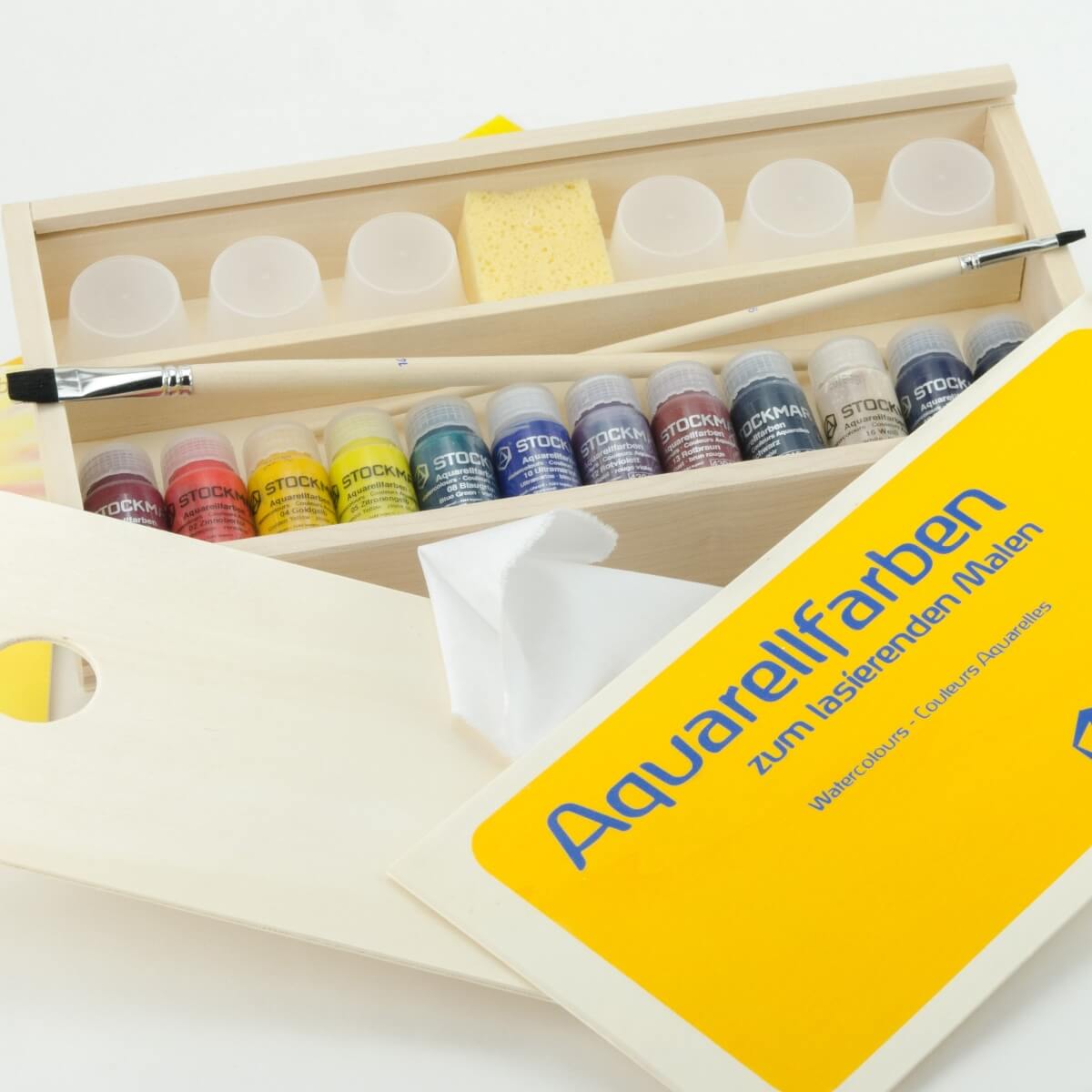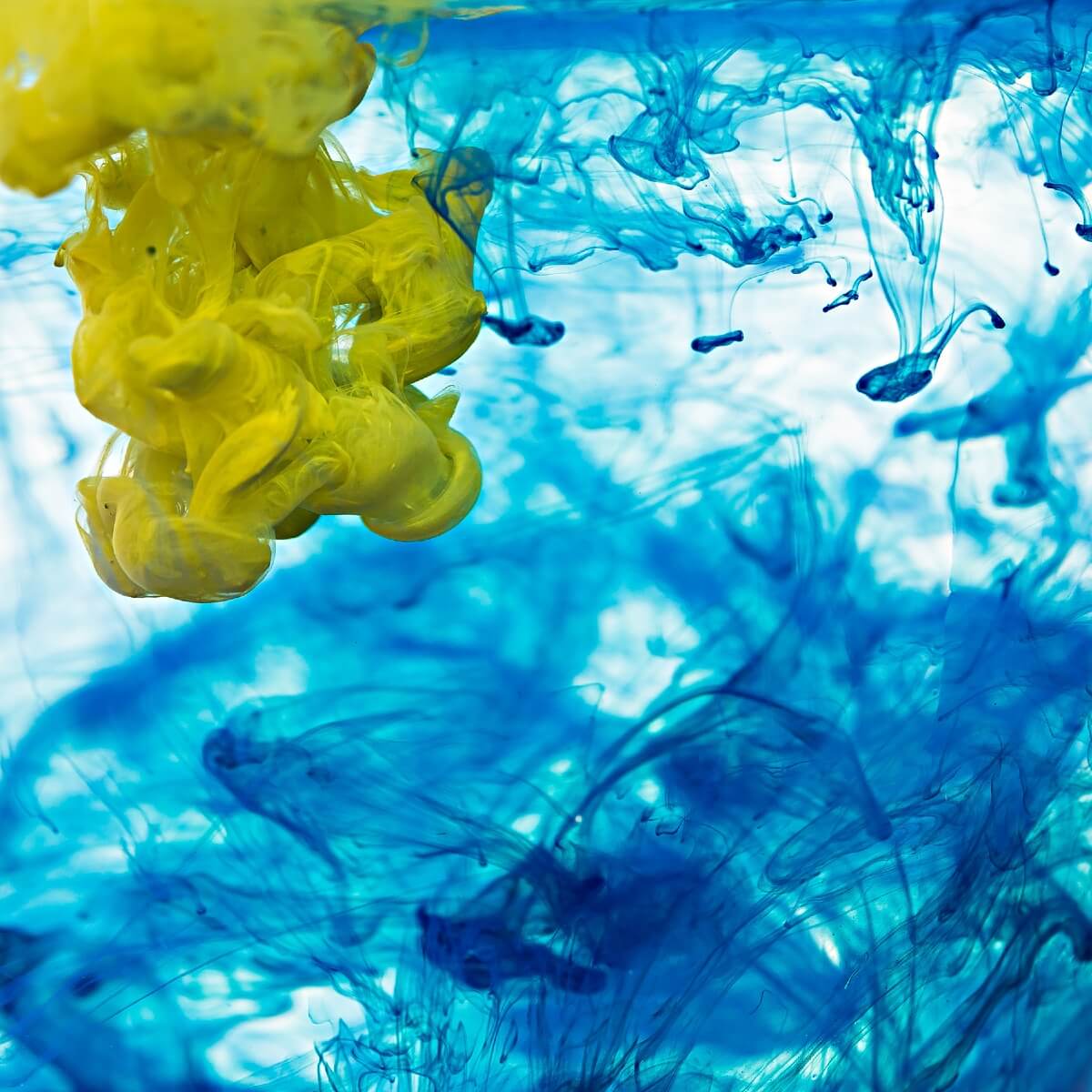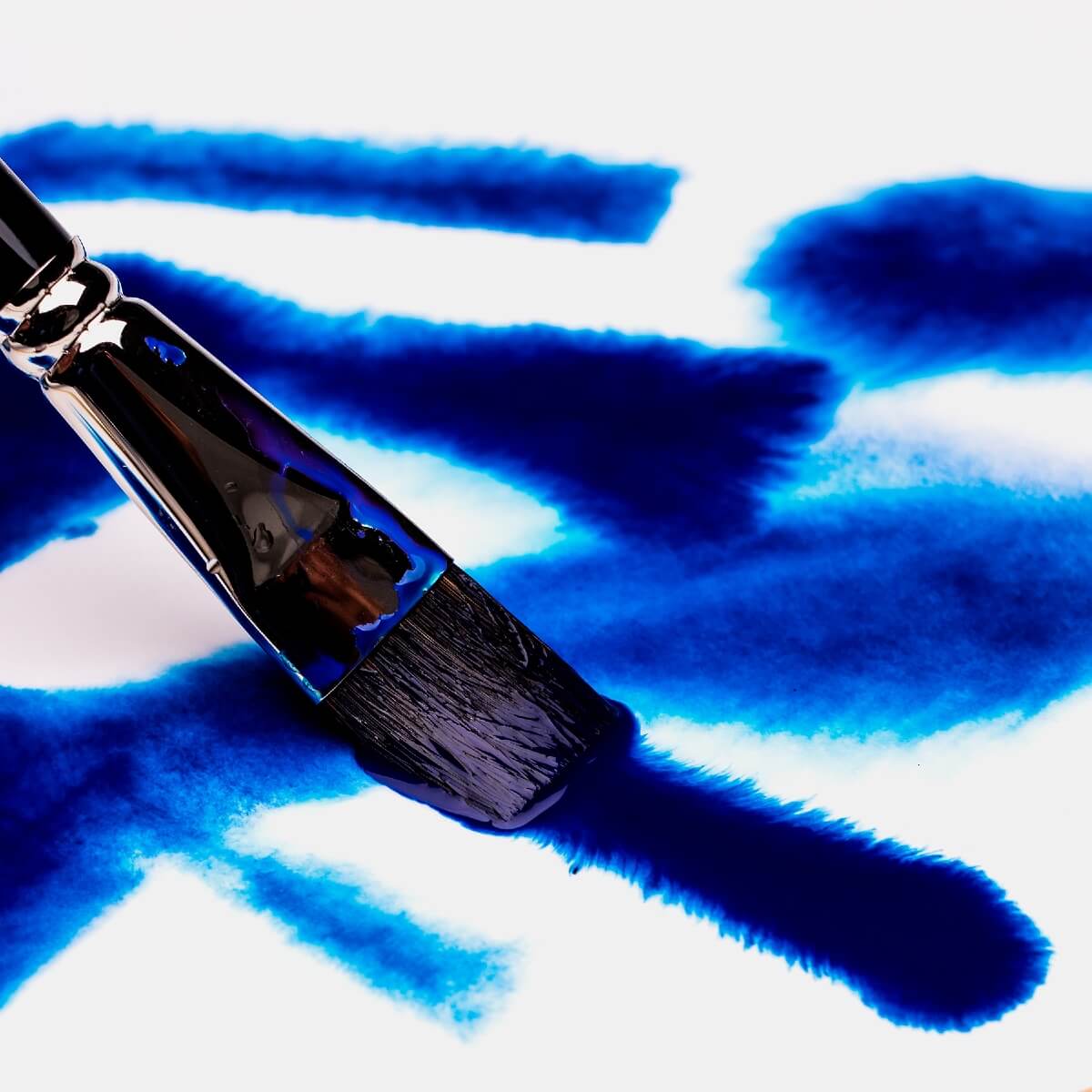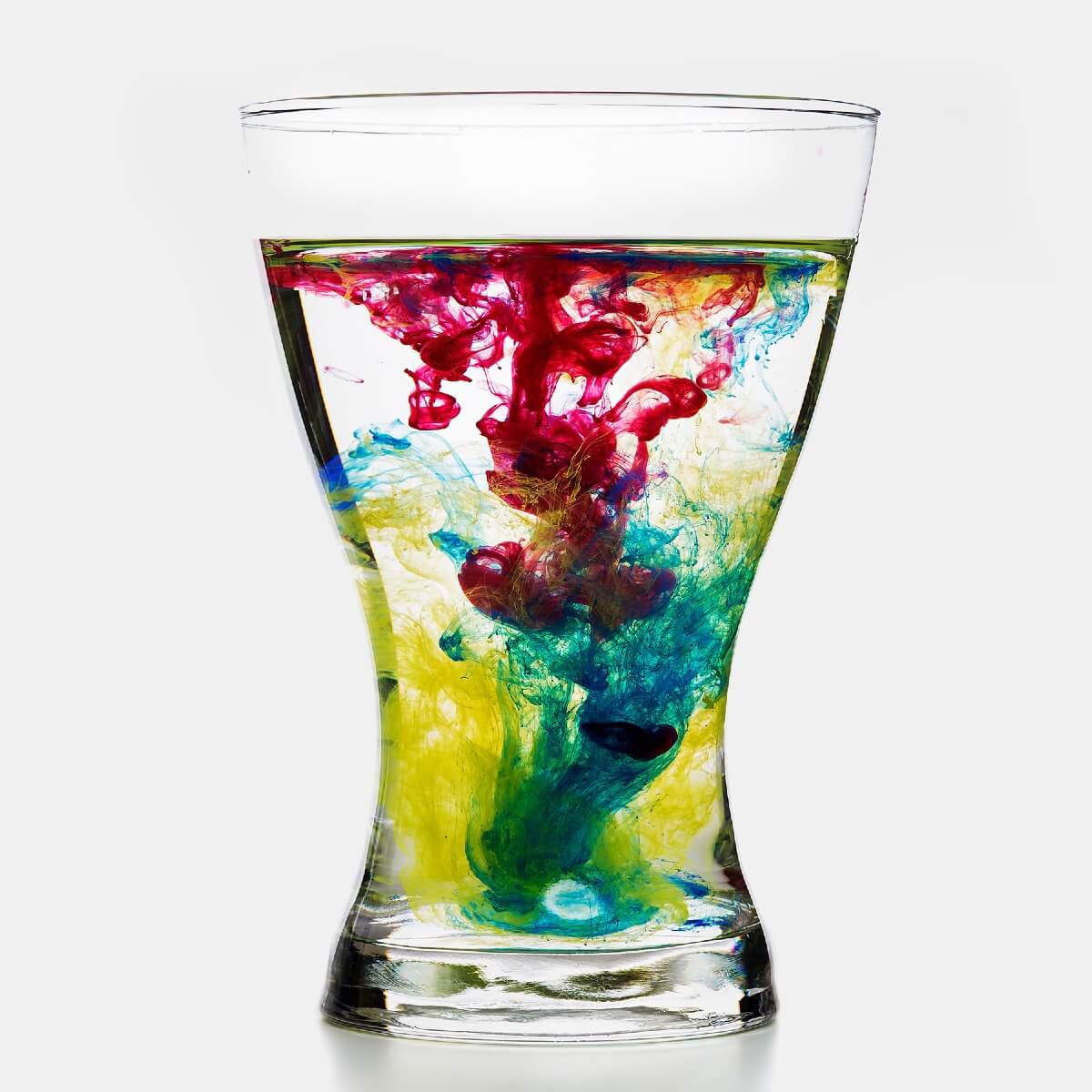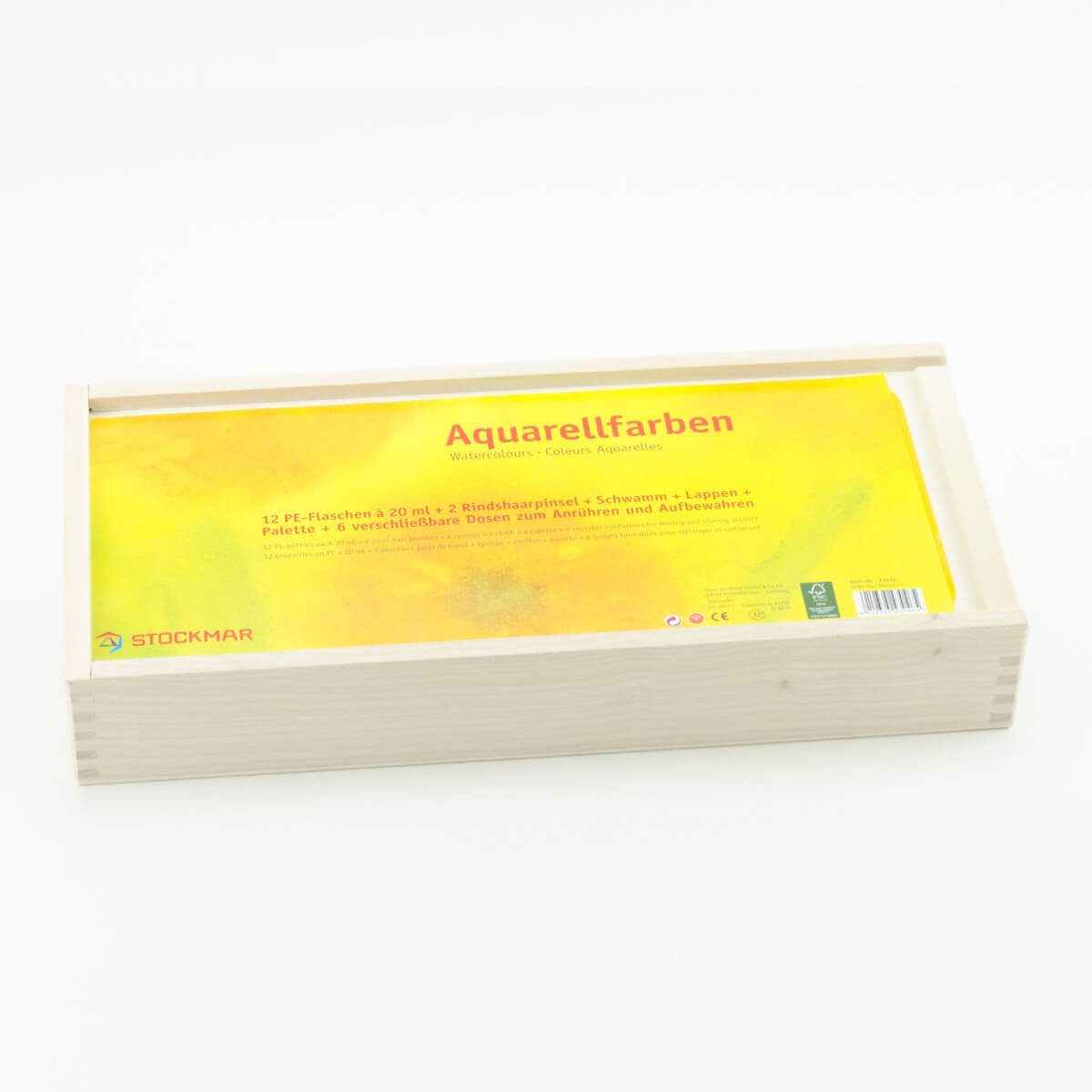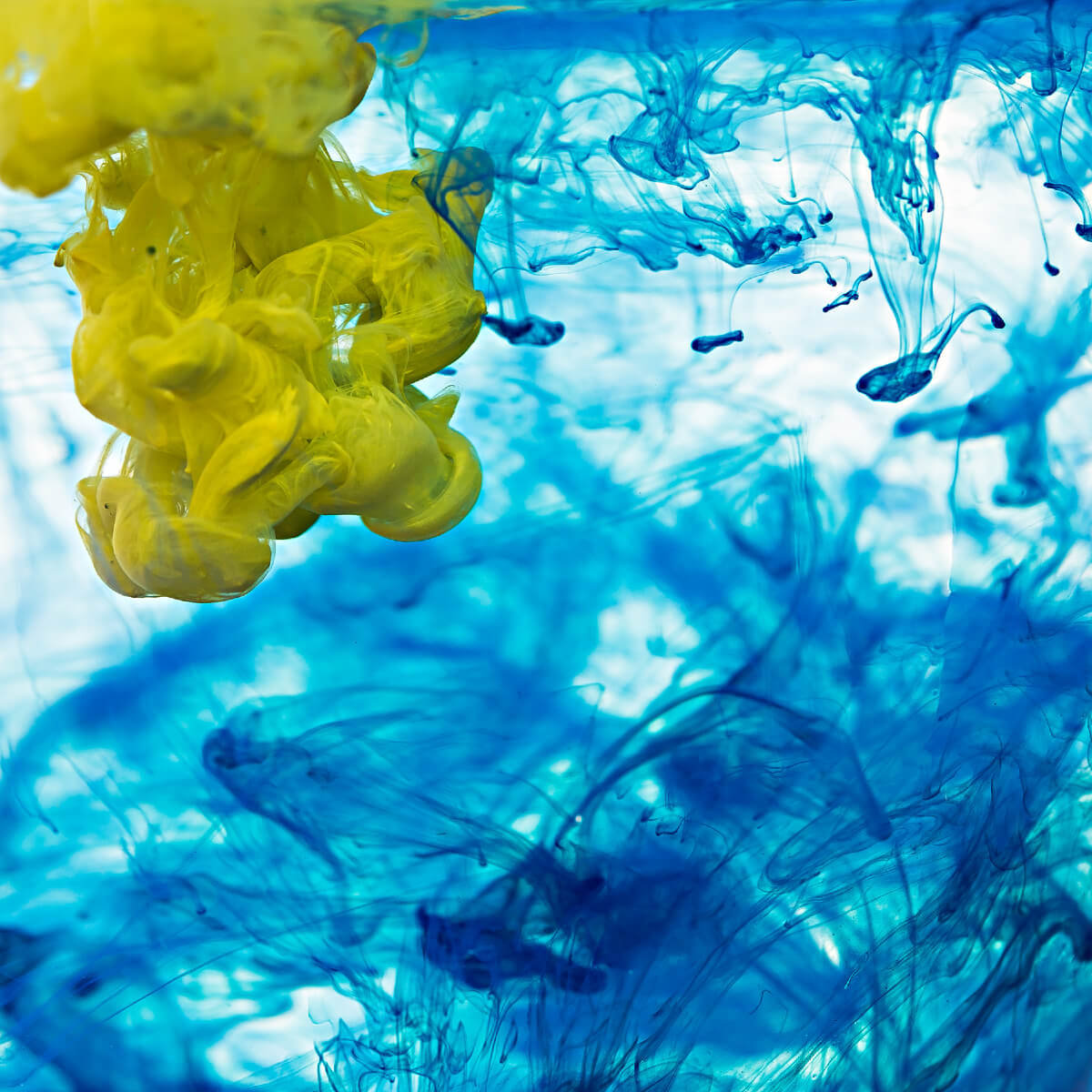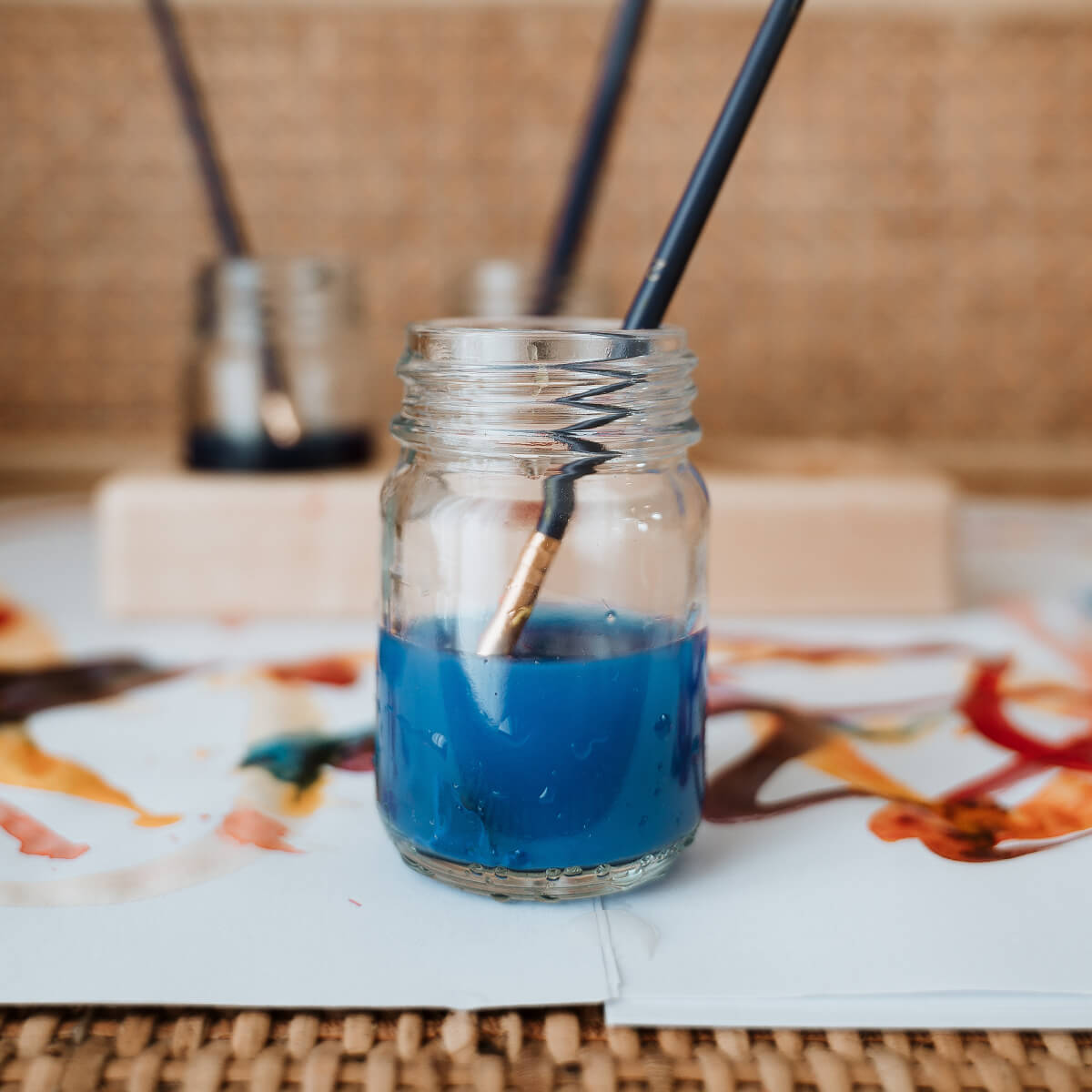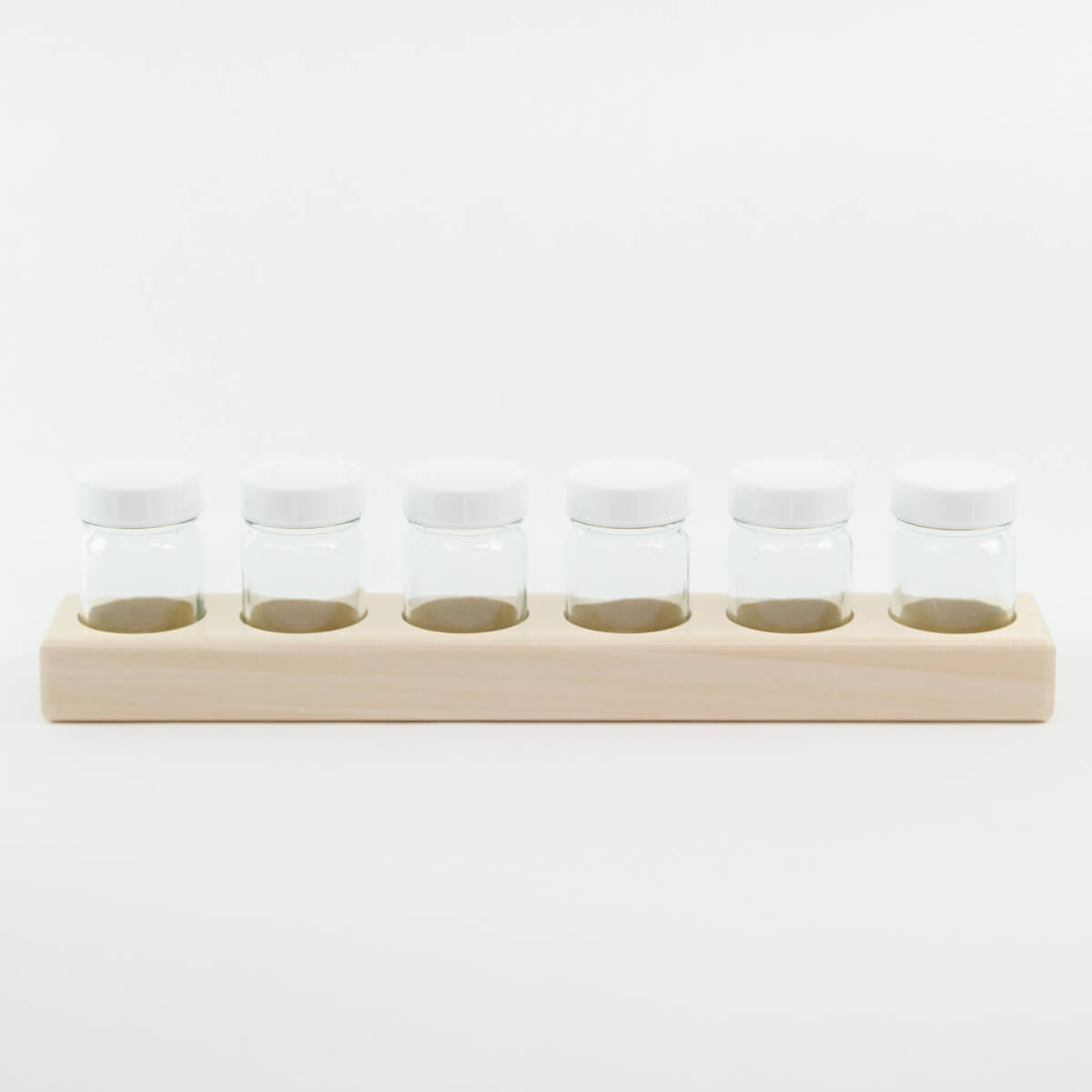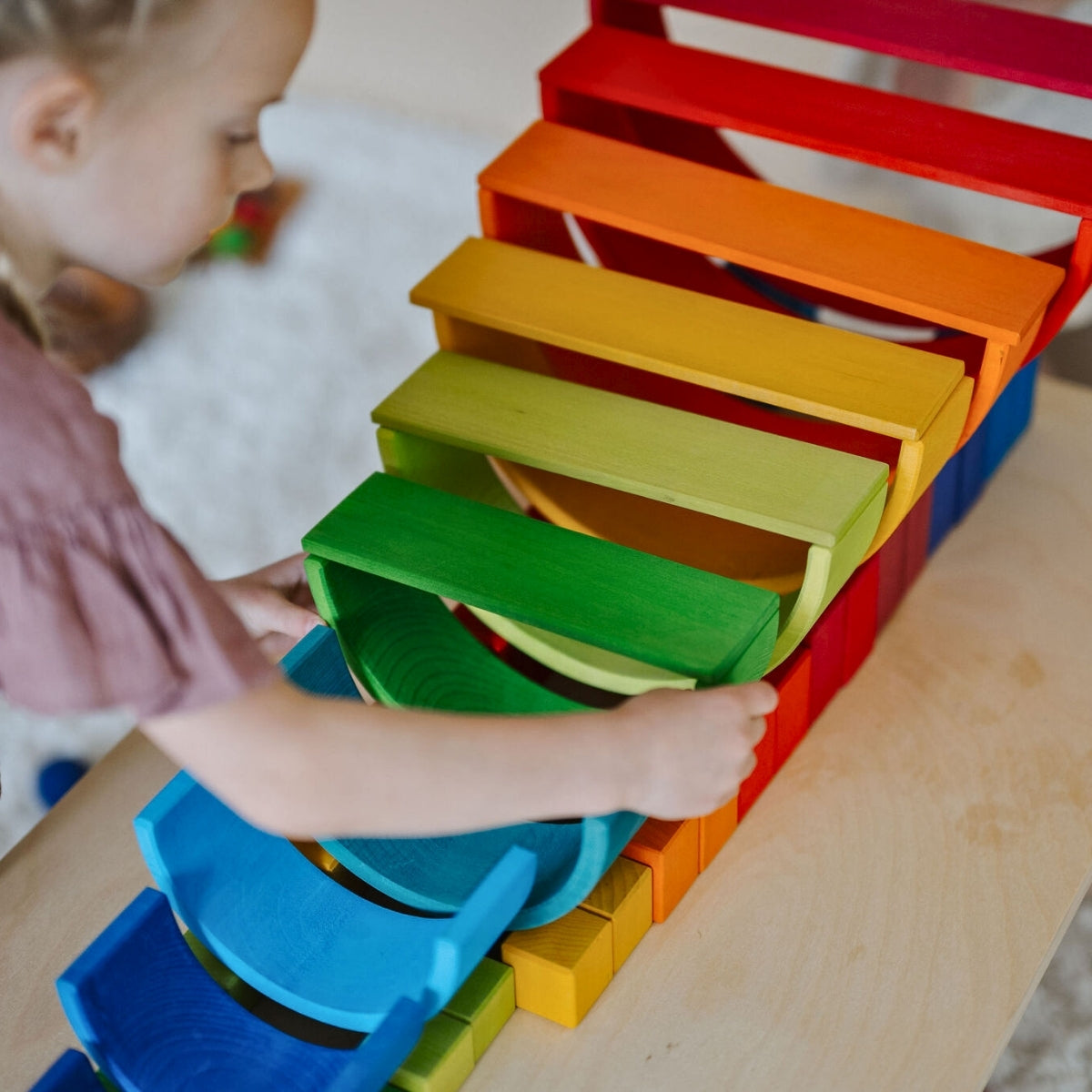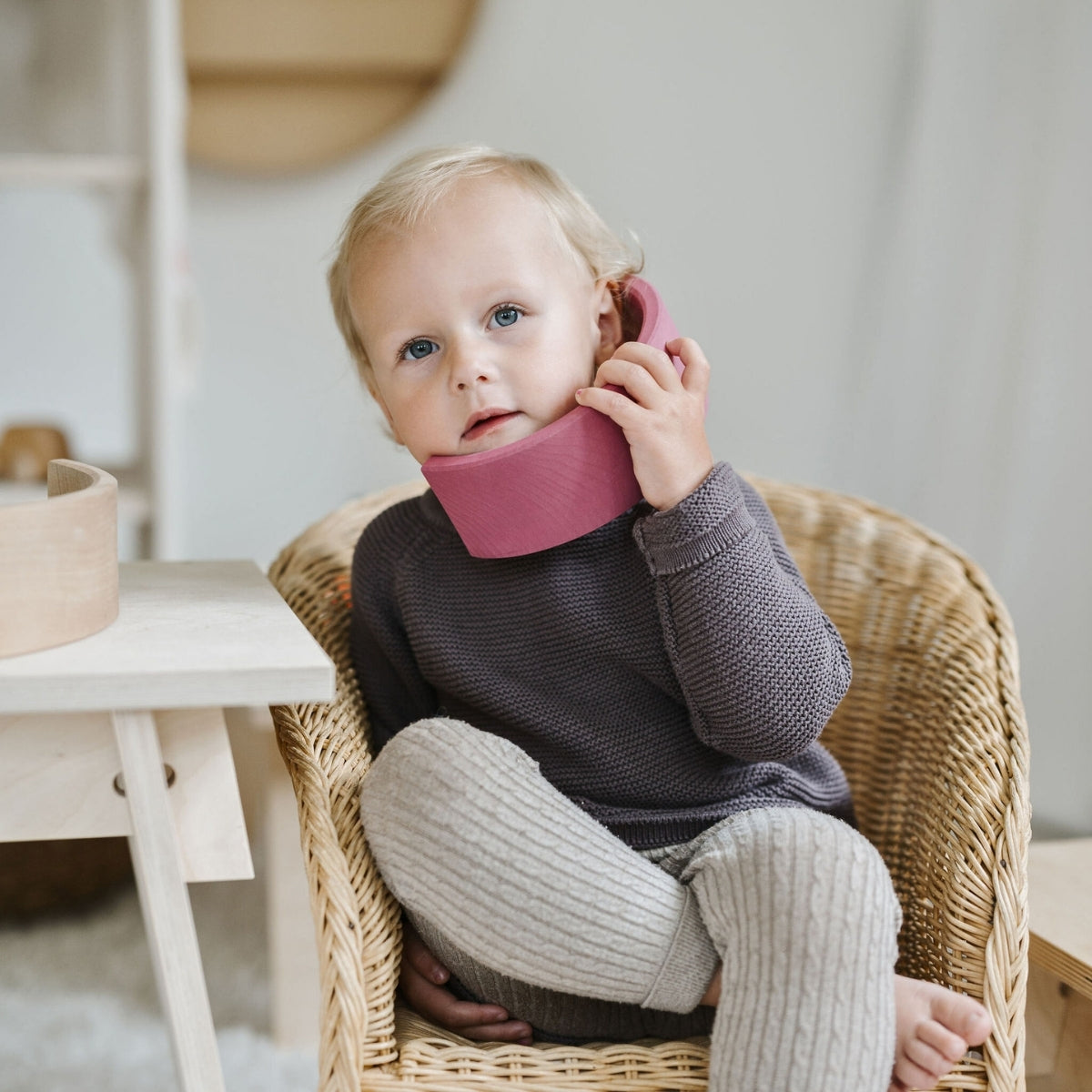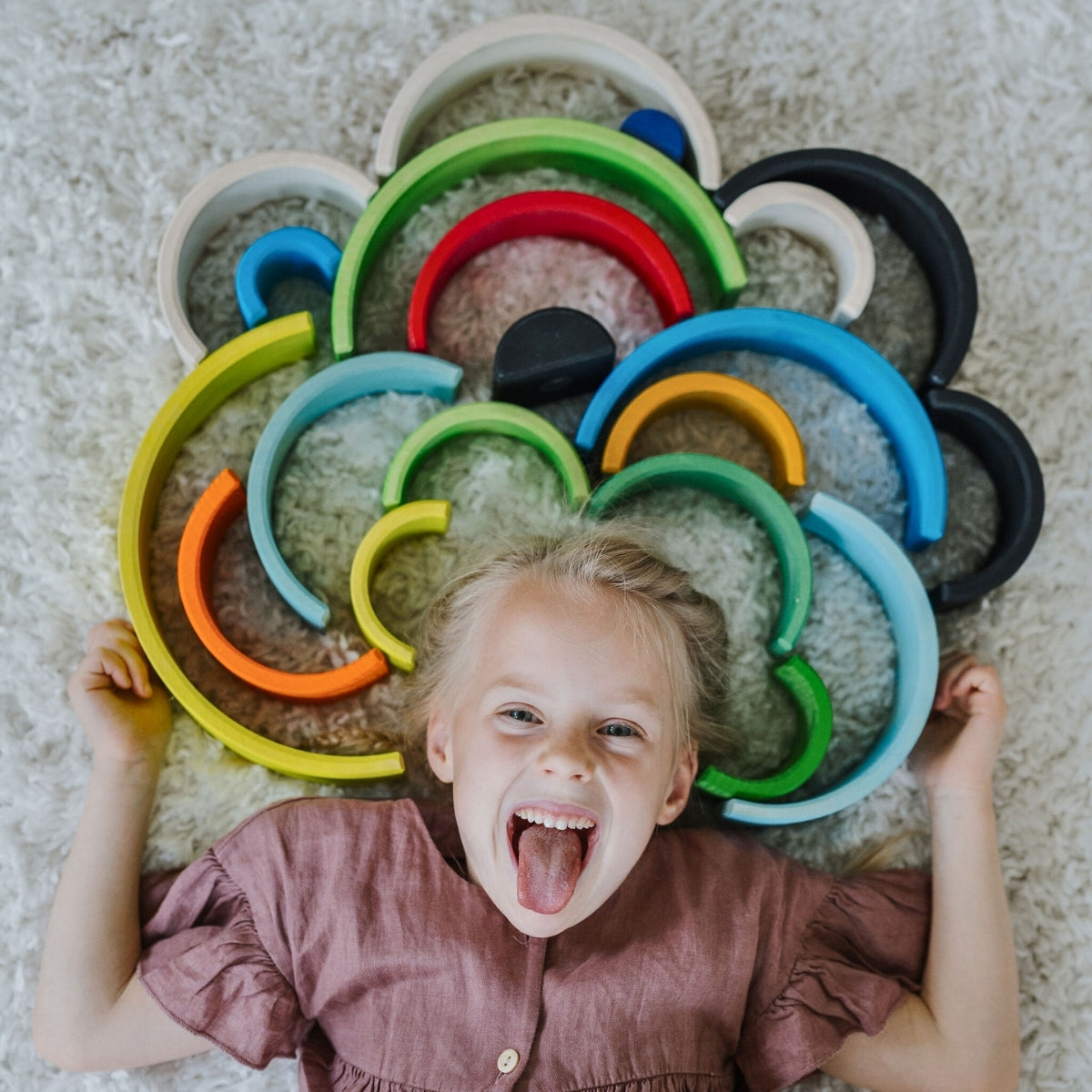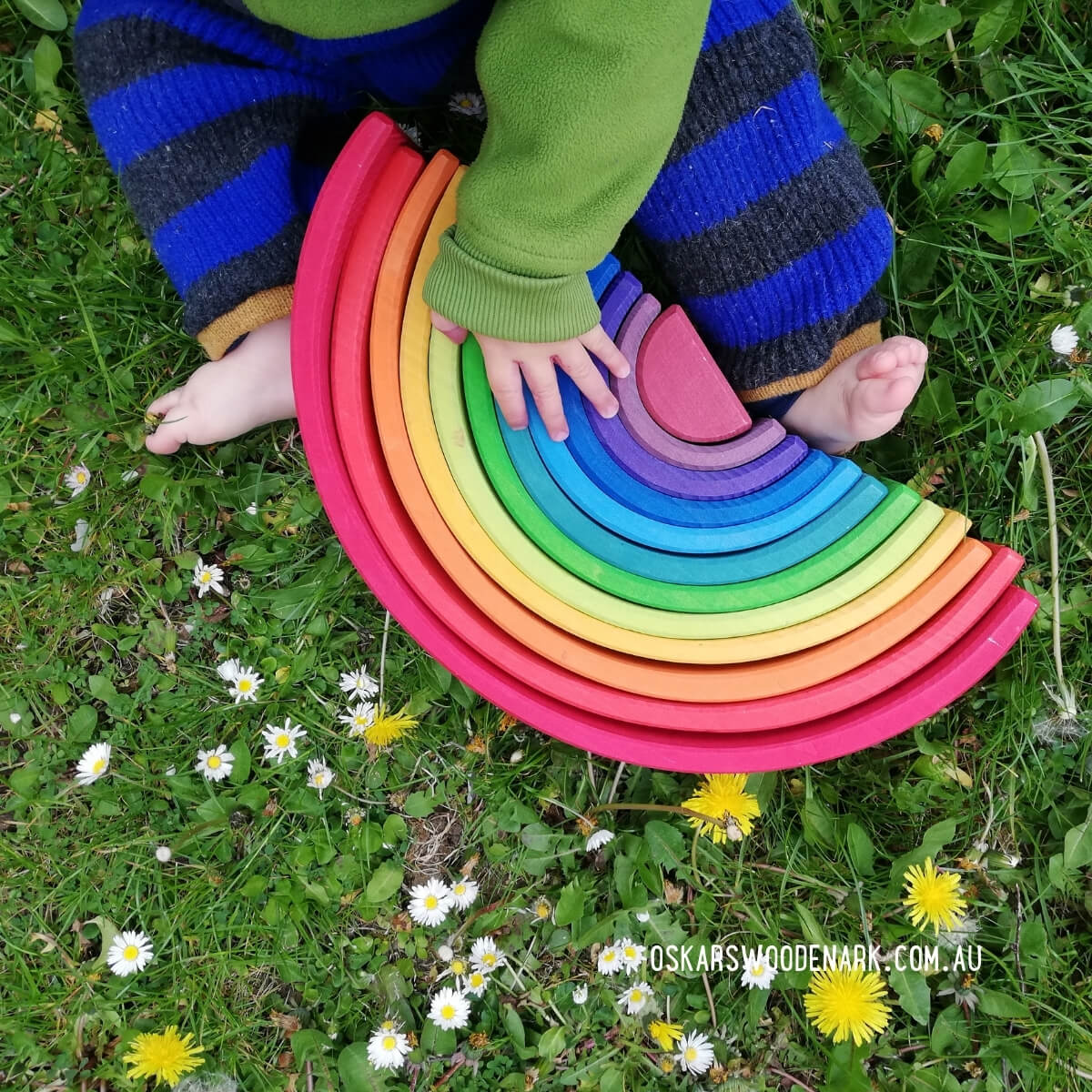Learning Activity: Walking Rainbow STEM Experiment
An #oskarslittlelearners Activity Tutorial by Kate Kwijas, for Oskar's Wooden Ark
June 30, 2021
Are you looking for an incredibly simple, but striking science experiment for your little learners? Look no further! The Walking Rainbow is quick to set up and basically fail safe!
If you try this experiment with your little learners, please take a photo and share it with us on Instagram and Facebook, tagging @oskarswoodenark and using the hashtag: #oskarslittlelearners. We'd love to see what you get up to!

Preparation:
Collect the following:
- Paper towels (the more absorbent the better but any will work)
- 7 small jars (We used the Mercurius Glass Jars, but any would work just as well)
- Watercolour paints or food colouring
(We used the Stockmar Aquarelle Watercolours. The beauty of using these is that we had seven beautiful rainbow colours to paint with once our experiment was complete. However, other paints or food colouring would work too.)
Download and print the FREE sheets for recording your experiment. There are two versions; one for pre-writers and one for those who are writing..


Instructions:
1. Tear off 3 paper towels. Cut each in half to form a rectangle. Fold in half lengthways and then in half lengthways again so you have a long, thin strip of paper towel.
2. Line your 7 jars up. Fill the first and last jars with red watercolour or food colour, the third jar with yellow and the fifth jar with blue.
3. (Explain the next step to your little learners and have them fill out the ‘predict’ section of the recording sheet): Place a strip of paper towel between each jar. You want the paper towel to just reach the bottom of each jar. Depending upon the size of your jars, you might need to trim some length from your paper towels.
4. Sit back and observe the magic unfold in front of you. Keep popping back every now and then to see what is happening!


5. Encourage your little learners to fill out the ‘observe’ section of their recording sheet. They can even use the watercolours they have created! Ask, “What is happening? Why do you think the colours are changing? Why do you think the water is moving upwards?” For older children, work together to complete the ‘explain’ section of the recording sheet.
6. If you used your Stockmar Aquarelle Watercolours, don’t forget to create a beautiful painting when you’ve finished the experiment. And, if you used your Mercurius paint jars, simply pop the lid on and save your gorgeous rainbow colours for another day. Happy experimenting!
The Science behind this experiment:
The water (and colour) moves up the paper towels through a process called capillary action. The gaps in the fibers of the paper towel act like capillary tubes and pull the water upwards. This is a similar process to water climbing from a plant’s roots to its leaves.
Learning Outcomes:
1. When the primary colours mix, they create secondary colours
2. Using a basic scientific model of experimentation; predict, observe, explain
3. Water is able to move upwards through a process called capillary action




